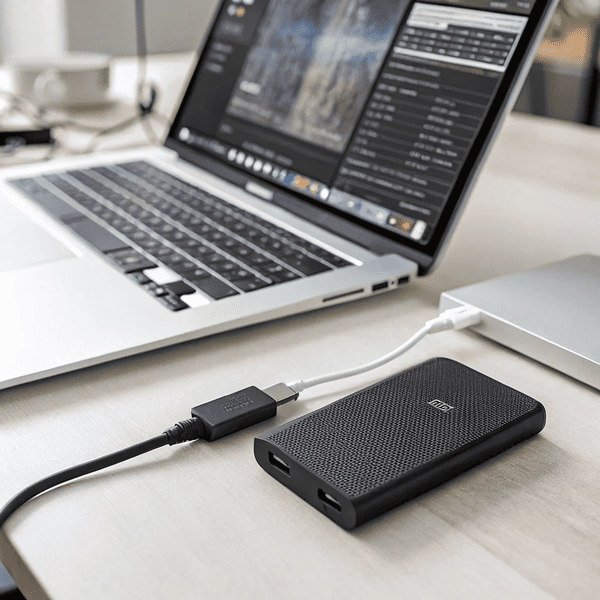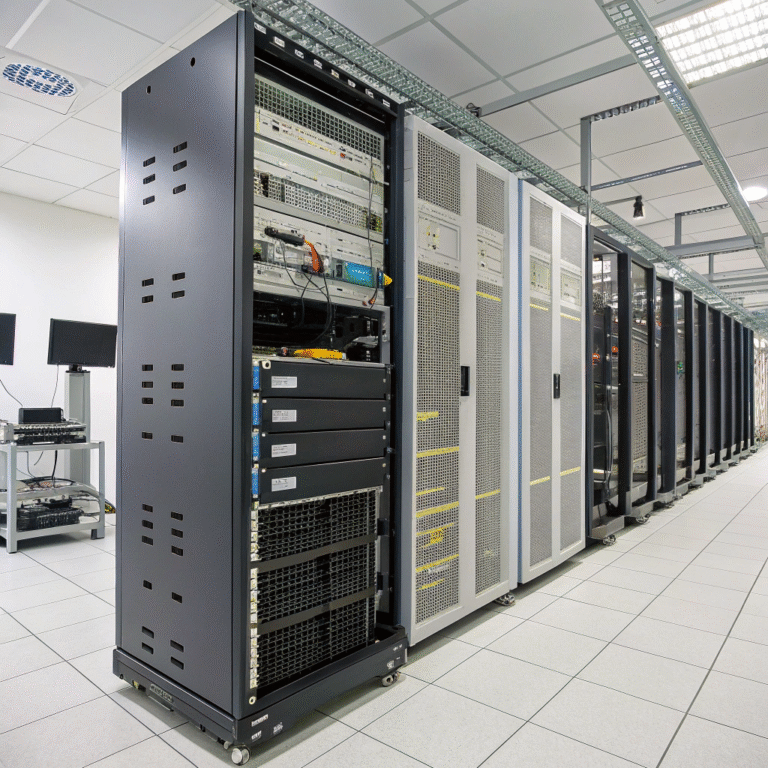Running out of computer space used to mean deleting precious files or moving everything to slow, clunky drives. I needed a better solution—one that was Running out of computer space[^1] used to mean deleting precious files or moving everything to slow, clunky drives. I needed a better solution—one that was fast, easy, and reliable.
[^1]: Explore this link to discover innovative strategies for optimizing your computer space without losing important files.
You can use an SSD as external storage by connecting it with a compatible enclosure or adapter, formatting it correctly, and then storing files or running applications directly from the drive.
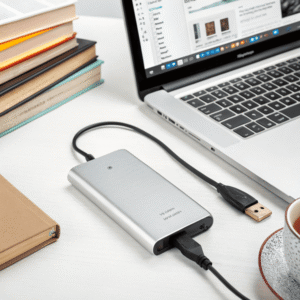
Setting up an external SSD is easier than most people think. Whether you need room for big design files, fast backup, or portable apps and games, a few simple steps will let you turn any SSD into your perfect mobile workspace. Let’s break it down.
Can I use an SSD as an external drive?
There are boxes full of old SSDs in my closet from past upgrades. Can these drives be recycled intoThere are boxes full of old SSDs[^1] in my closet from past upgrades. Can these drives be recycled into external drives without losing out on speed or reliability?
[^1]: Discover how to repurpose old SSDs into external drives while maintaining their performance and reliability.
without losing out on speed or reliability?
You can turn any SATA or NVMe SSD into an external drive using an enclosure or adapter. Once connected by USB or Thunderbolt, it works just like a store-bought portable SSD.
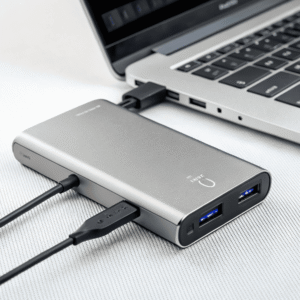
I grabbed an inexpensive USB enclosure from a local store, popped in an old SSD, and had a working drive in minutes. It worked perfectly for large CAD files, photos, and even game installs. Using the right enclosure matters—a USB 3.0 case for SATA SSDs or a Thunderbolt/USB-C (NVMe) case will give you top speeds. Compatibility is broad—Windows, Mac, and even some tablets can read most plug-and-play SSDs.
Types of SSDs You Can Use Externally
| SSD Type | Enclosure Needed | Max Speed | Best Use |
|---|---|---|---|
| SATA SSD | 2.5" SATA to USB 3.0 | 400-550 MB/s | Photos, documents, backups |
| NVMe SSD | NVMe to USB-C/TB3 | 900-2000+ MB/s | Video, game installs, editing |
Invest in a sturdy enclosure to protect your SSD and use a cable that matches your computer’s Invest in a sturdy enclosure[^1] to protect your SSD and use a cable that matches your computer’s fastest port.
[^1]: Explore this link to learn about the best sturdy enclosures for SSDs that provide optimal protection and performance.
How do I format my SSD for external storage?
Invest in a sturdy enclosure[^1] to protect your SSD and use a cable that matches your computer’s fastest port.
[^1]: Explore this link to learn about the best sturdy enclosures for SSDs that provide optimal protection and performance.
To format your SSD for external storage, connect it, open your computer’s Disk Utility (Mac) or Disk Management (Windows), and choose exFAT for cross-platform or NTFS/APFS for dedicated use.
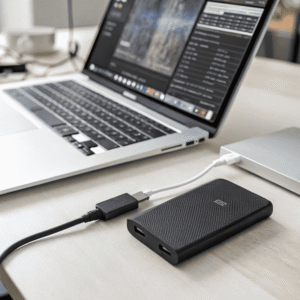
On Windows, I use Disk Management: right-click my SSD, delete partitions if needed, then create a new volume, usually with exFAT. On Mac, Disk Utility does the job—erase and pick your file system. For sharing between Mac and Windows, exFAT is best. If you only use one system, NTFS (Windows) or APFS (Mac) allows best features. A quick format keeps things snappy, but for used SSDs, a full erase guarantees a clean slate.
Formatting SSD for External Use
| File System | Maximum File Size | Platform Compatibility | Good For |
|---|---|---|---|
| exFAT | Very large | Windows, Mac, Linux | Cross-platform, big files |
| NTFS | Very large | Windows, partly on Mac | Windows-only, permissions |
| APFS | Very large | Mac only | Mac-only, Time Machine |
| HFS+ | 8 EB | Mac, read-only on Windows | Older Macs, archives |
Check that your SSD shows up and works after formatting, then start using it for fast storage.
How to use external SSD as storage?
Once my external SSD was set up, I wanted to know: what’s the Once my external SSD[^1] was set up, I wanted to know: what’s the best way to use it? Should it be just for backup, or can it do more
[^1]: Exploring this link will provide insights on maximizing your external SSD's potential beyond just backup.
? Should it be just for backup, or can it do more?
You use an external SSD like any other drive: drag and drop files, run applications, store backups, and even play games or edit photos directly from it.
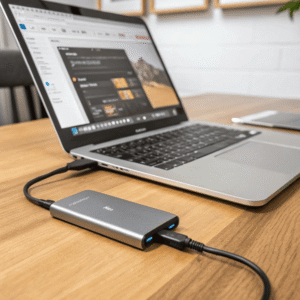
I keep project folders, raw images, and software installs on mine. Their speed means editing video or running software straight from the drive is easy. I back up important documents regularly and even use one as a “scratch disk” for big render files. Portable SSDs also make transferring thousands of files between sites or offices painless. Just remember to safely eject and, for critical data, back up elsewhere—SSDs can fail unexpectedly, though less often than traditional hard drives.
Best Ways to Use Your External SSD
| Use | Why SSD Helps | How To Get Best Results |
|---|---|---|
| Backups | Fast, reliable copies | Schedule regular backups |
| File storage | Quick access, big capacity | Use for work, media, photos |
| App/game drive | No lag, lots of installs | Install software or games on it |
| File transfer | Portable, plug-and-play | Move files between computers |
| Video editing | Handles big files, fast | Edit projects directly on SSD |
Keep your most-used and biggest files on your SSD. Use the cloud or another drive so you always have aKeep your most-used and biggest files on your SSD[^1]. Use the cloud or another drive so you always have a backup if the unlikely worst happens.
[^1]: Exploring this link will help you understand why SSDs are essential for performance and reliability in data storage.
if the unlikely worst happens.
Conclusion
Using an SSD as external storage is fast, easy, and reliable if you choose the right enclosure, format it correctly, and keep important files backed up elsewhere.

